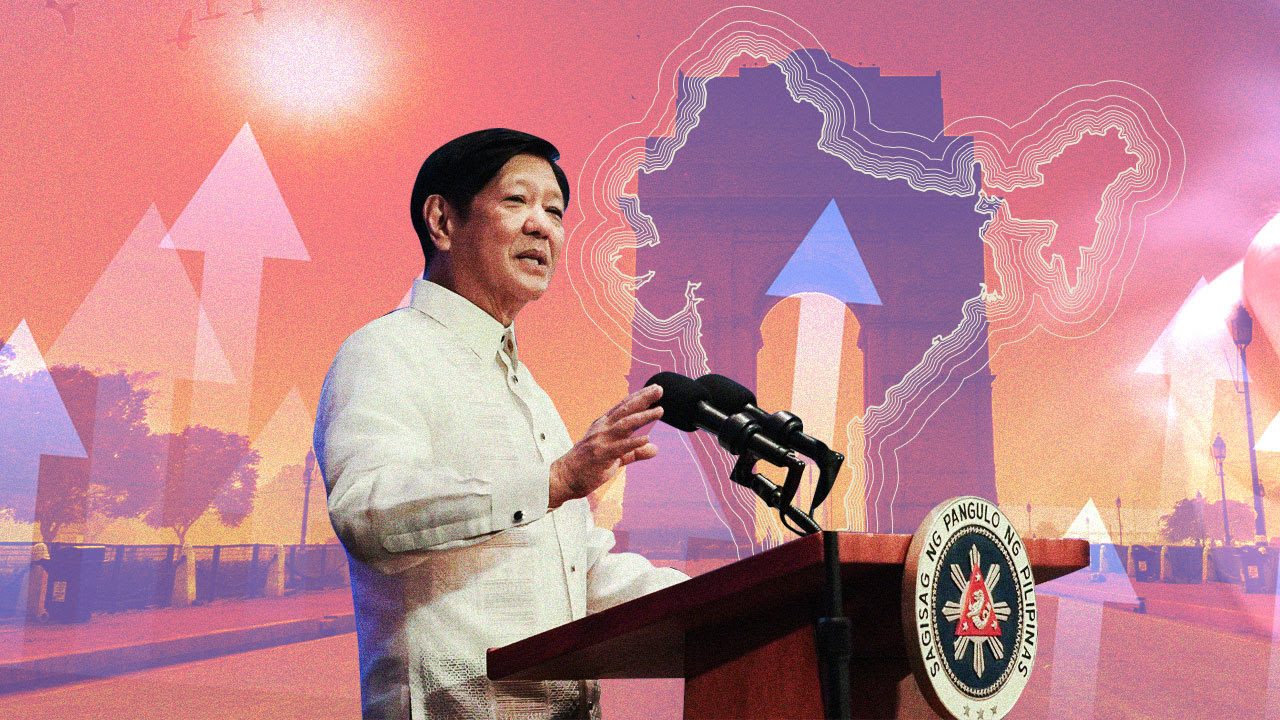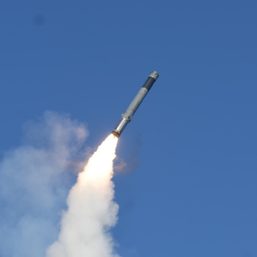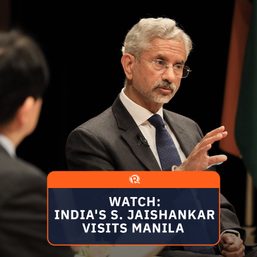SUMMARY
This is AI generated summarization, which may have errors. For context, always refer to the full article.

India is an acquired taste, said a friend who has visited it often. So it is like wasabi, I replied. The first encounter can make your taste buds revolt and offend the nose but, after a few more tries, this spice grows on you.
In a way, that’s how the Philippines’ relationship with India has evolved. A slow burn, with both of our countries taking time to get to know each other, figuring out what kind of a friend each could be, and making realistic expectations.
2024 marks the 75th year of our diplomatic ties but it was only in the last few years that these ties have picked up. As Foreign Affairs Secretary Enrique Manalo said, the two countries’ partnership has “reached unprecedented levels in its scope and depth in recent years.”
Remember that it was only last year when India openly supported the 2016 arbitral ruling—seven years late. This was a far cry from its initial statement simply taking note of the international court’s decision which invalidated China’s nine-dash line. Geopolitics and an intensifying China-India border skirmish led to this. As an Indian academic told me, “Finally, New Delhi policymakers are looking at India-Philippine relations.”
(For background, you can read my July 2023 newsletter, “India is the Philippines’ new friend,” here.)
The backdrop of the recent visit of Subrahmanyam Jaishankar, India’s external affairs minister, was China’s increasingly aggressive behavior in the West Philippine Sea. It was a timely opportunity to assure the Philippines of India’s friendship.
Jaishankar was straightforward. In his meeting with President Ferdinand Marcos Jr. in Malacañang, he told him: “So if you want a country which actually says will accept the judgment even if it goes against us, we are actually a natural candidate. So we can be on your ship.” New Delhi, he said, was “very resolute” in upholding the United Nations Convention on the Law of the Sea.
Last year, India and the Philippines were on the same side, vehemently protesting China’s new map which arbitrarily splashed ten dashes over large swathes of the South China Sea and land areas in India, laying claim to these areas.
This is Jaishankar’s second visit—and, this time, he extended his country’s invitation to President Marcos for a state visit. It showed the improved level of cooperation of both countries.
Maritime cooperation
On the day Jaishankar left Manila, the Indian embassy hosted a high tea reception for him aboard an Indian Coast Guard (ICG) vessel, the Samudra Paheredar. Docked at the South Harbor, it is a 94-meter pollution control vessel and was visiting the Philippines as part of its deployment to ASEAN. Its mission was to “enhance cooperation, interoperability” and demonstrate India’s capability to respond to marine pollution in ASEAN countries.
Jaishankar, speaking during the reception at the ship deck, stressed the symbolism of the vessel’s port call—and his presence there. This showed the strong bond enjoyed by India and the Philippines, he said, as both are seafaring nations. Behind him was a poster of Samudra Paheredar with the caption, “Separated by Shores, United by Oceans.”
The most recent demonstration of this was when the Indian Navy’s medical team rescued all the crew members of MV True Confidence, including 13 Filipinos. The merchant ship was attacked by a Houthi missile strike last month in the Gulf of Aden. The Indian Navy provided critical care to the crew.
An effusive Marcos expressed his thanks to India during Jaishankar’s courtesy call.
The Philippine and Indian Coast Guards, for their part, began a long-term partnership last year. They held their first ever bilateral meeting wherein they signed a maritime cooperation agreement. This took place during the visit to New Delhi of then PCG Commandant Admiral Artemio Abu. The agreement includes joint training and exercises, exchange of information and best practices in maritime safety and protection.
Rising power
There’s a lot going for India. It is the world’s fifth largest economy, currently growing at about 7% annually. It is also the most populous nation on earth, with 1.4 billion people.
In terms of the global diaspora, India leads the pack, with 18 million Indians who retain their nationality living abroad. “If those who have relinquished their Indian passports are included, the number may exceed 32m, according to the Indian government’s estimates,” The Economist reported.
Many see India as a counterweight to China. As the Philippines faces a more belligerent China, Manila needs friends like New Delhi, with its new economic clout and sheer heft. Our relations have crept far beyond basmati and yoga.
Let me know what you think. You can email me at marites.vitug@rappler.com.
Add a comment
How does this make you feel?




There are no comments yet. Add your comment to start the conversation.